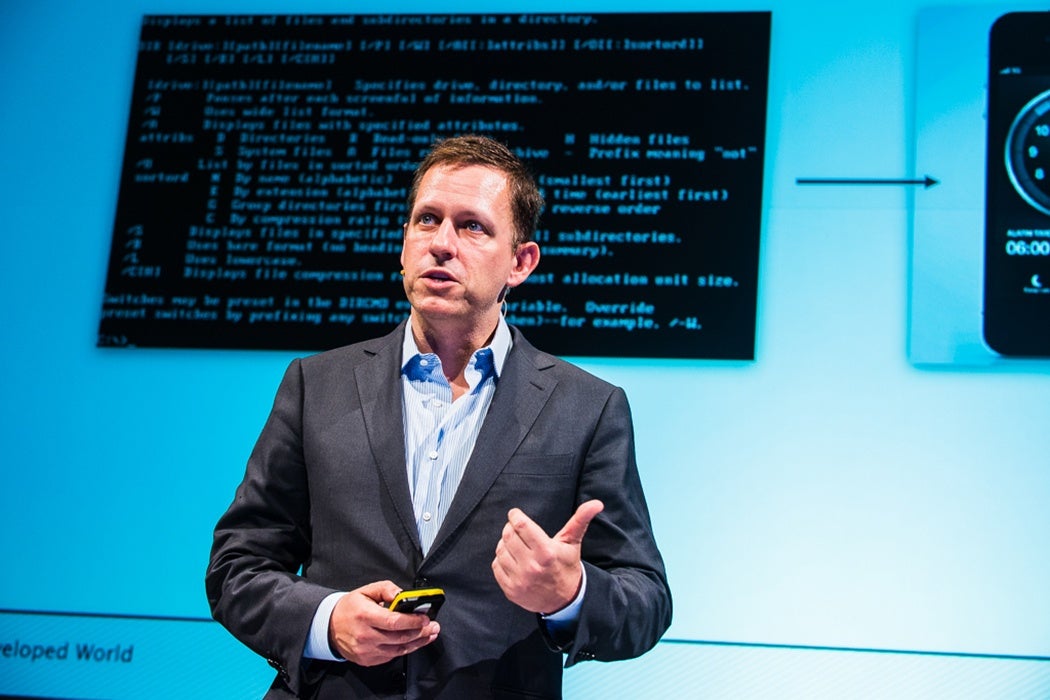Donald Trump raised eyebrows when he invited a group of powerful, but distinctly non-political figures to an exclusive meeting before the start of his term. The invite list read like a Who’s-Who of Silicon Valley: among those present were Jeff Bezos (CEO of Amazon), Sheryl Sandberg (COO of Facebook), Peter Thiel (founder of PayPal), Larry Page (CEO of Google’s parent company Alphabet), Elon Musk (CEO of Tesla), Satya Nadella (CEO of Microsoft) and Tim Cook (CEO of Apple).
Most surprisingly for the usually bellicose Trump, the meeting’s agenda was rather conciliatory: he seemed to be asking how the future administration could partner effectively with tech companies going forward.
Thirty years ago, the idea of a social network being invited to meet the President-elect might have seemed rather outrageous. But since the turn of the century, politics and technology have been increasingly intertwined. (Part of Al Gore’s campaign was to “burnish his image as the most futuristic candidate in the 2000 race” by promoting federal spending for the creation of IT jobs, and policy that removed obstacles to digital companies.)
What gives technology its power isn’t solely its popularity, but its significance to the country’s progress. Tech companies do more than give us easy rides to the airport or fifteen different filters for our selfies. They are economic powerhouses, providing jobs, spurring innovation, conducting research, building a global brand and amassing wealth.
Simultaneously, as technology increasingly hands over more power to consumers, the opinion of the average person on massive companies’ decisions holds more sway than ever. As a result, high profile struggles between government interest and consumer protection can be expected to be more frequent, especially in cases where customers and government clash. The previous administration, for example, famously tussled with Apple over unlocking one of its smartphones for state security, which the company refused to do in the name of privacy.
More recently, the President’s immigration order revealed the new and complex power distribution between people, government and tech.
Uber CEO Travis Kalanick withdrew from Trump’s advisory committee after a misstep during anti-immigration ban protests at JFK gave the impression that the company was attempting to profit from political upheaval. As a result, customers began deleting their Uber accounts en masse, and Kalanick publicly left to restore his company’s image. Hospitality giant Air BnB began an initiative to offer housing for anyone affected by the sudden institution of the order. Uber rival Lyft pledged USD 1 million to ACLU over the next four years. Delivery service DoorDash provided food to volunteers working against the ban. 97 tech companies joined in a legal battle against the immigration order.
These mega companies stand to gain little themselves from such moves, but such rapid and forceful responses show that tech companies are more than code and wires. Silicon Valley has often been vilified, and not without reason. However, tech, perhaps more than other industries, is dependent on its product’s popularity. Although initially discomfiting, its growing presence on the national stage could be a small and indirect, but important, transfer of power back to the people who use it.







